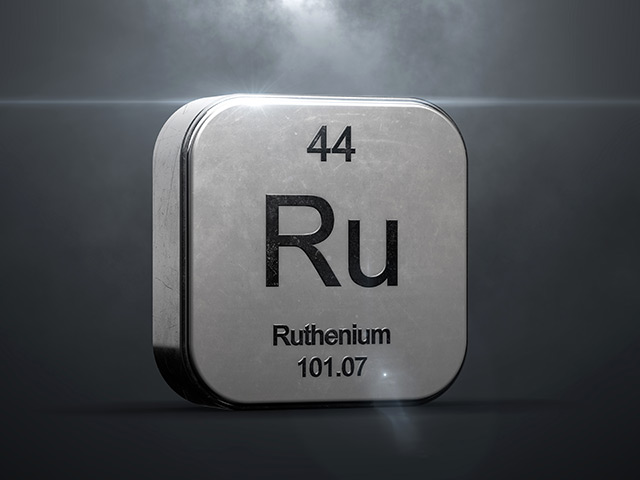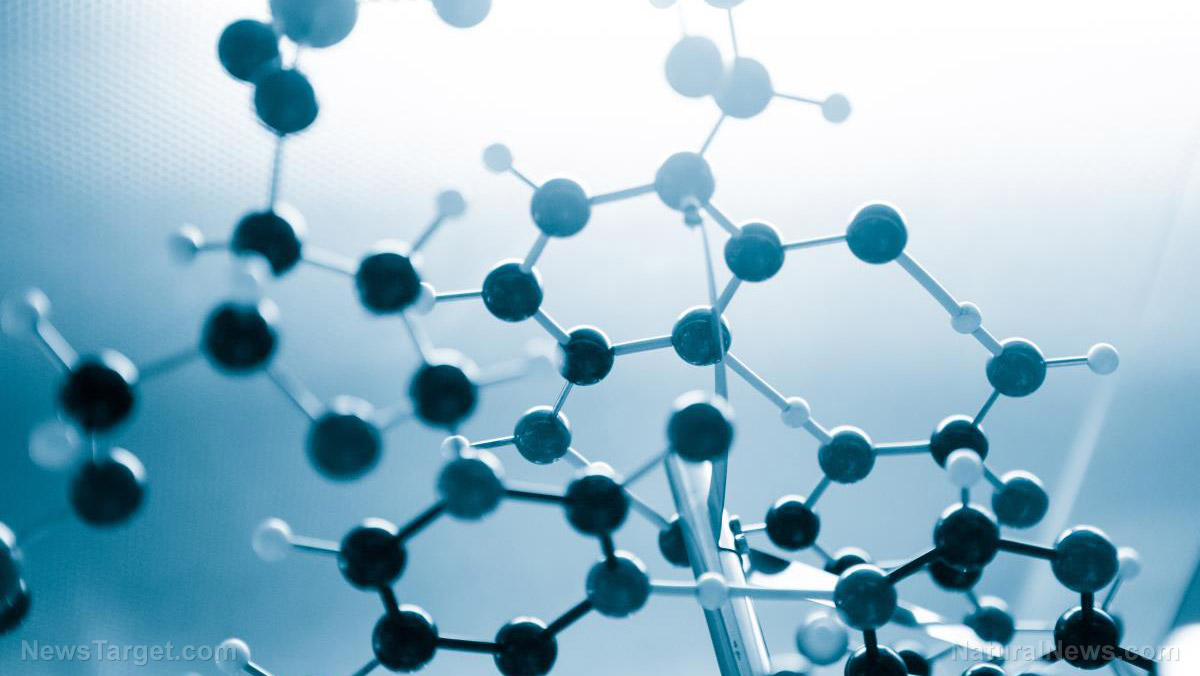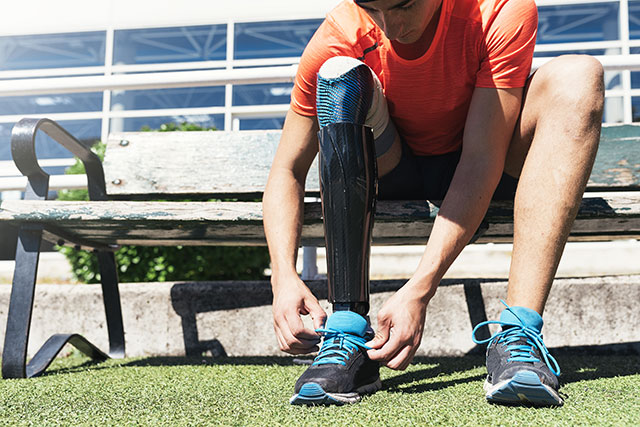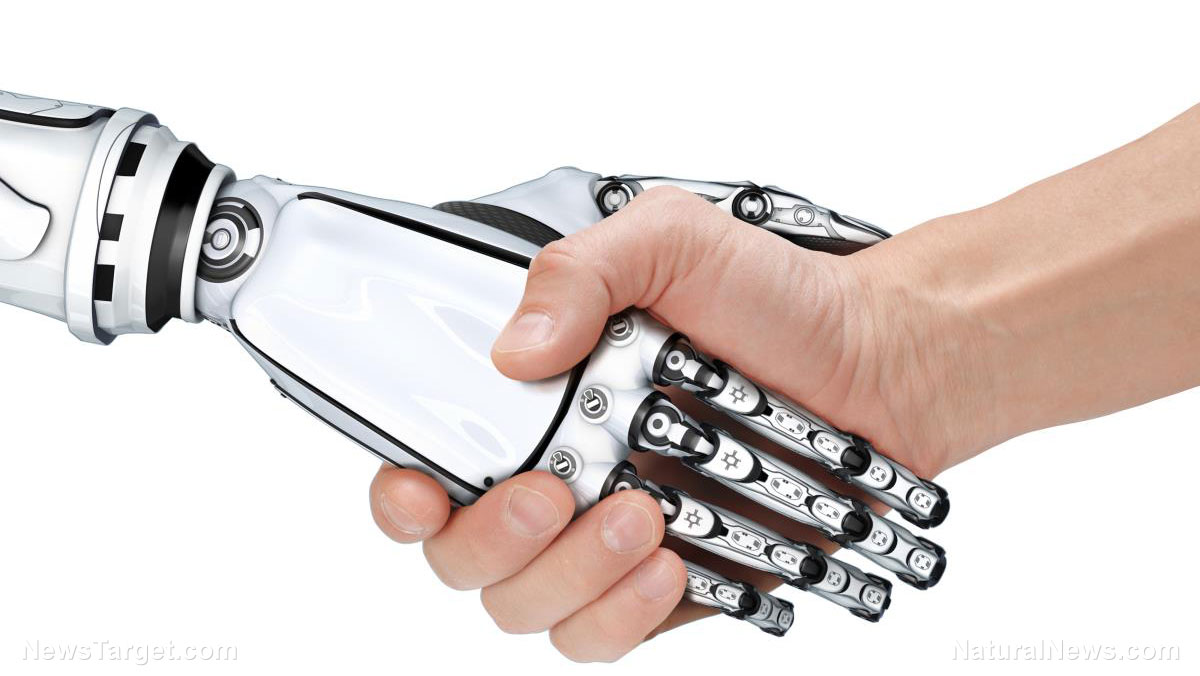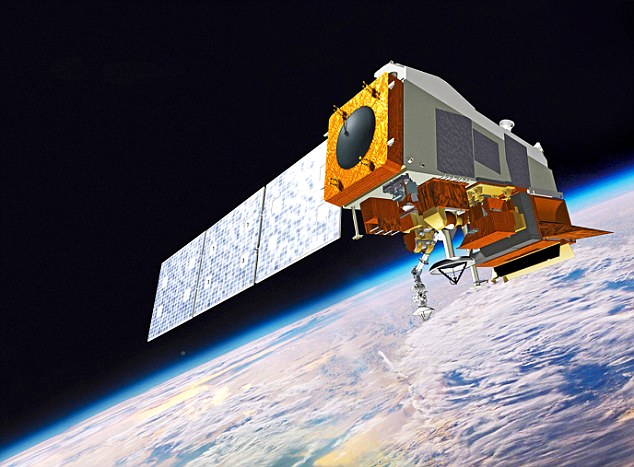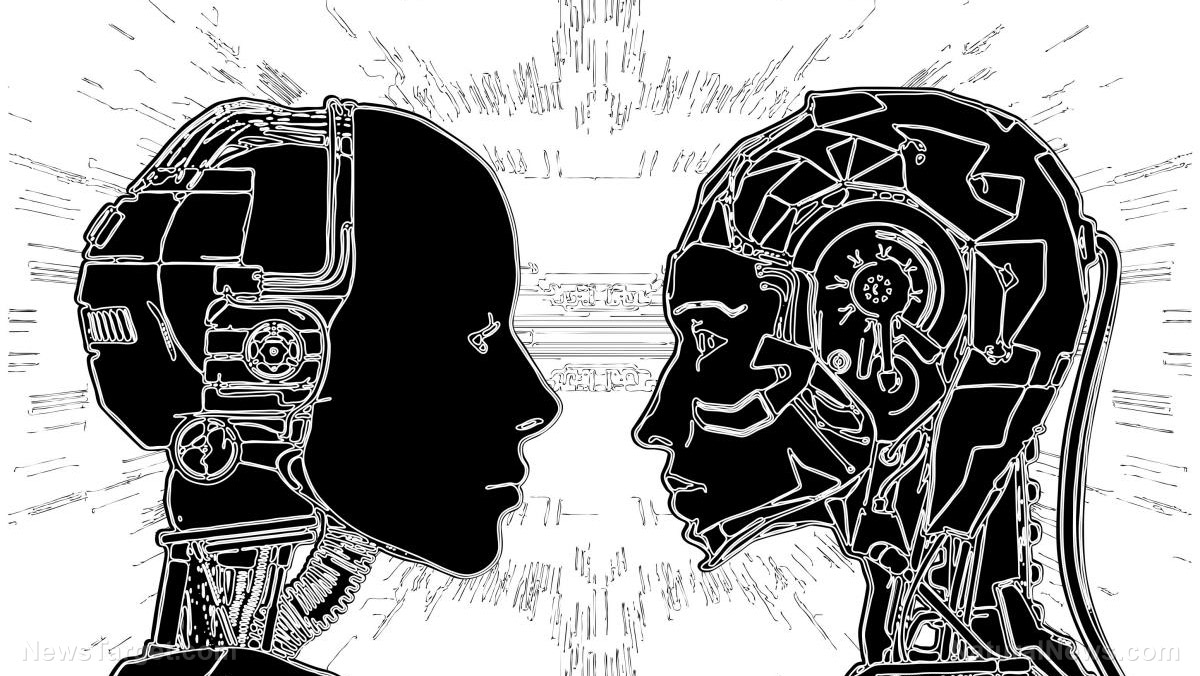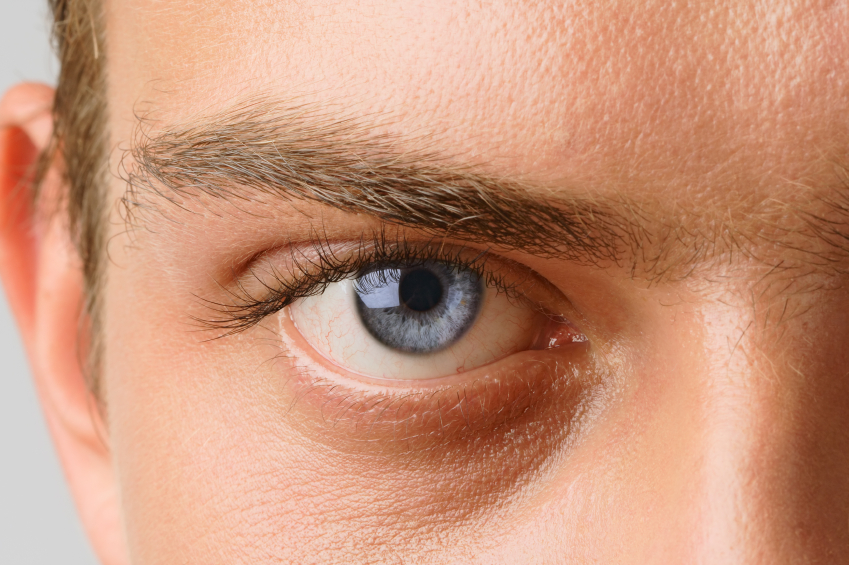A whole new kind of lie detector: Robots in the court room are able to tell when someone is lying
07/23/2018 / By Zoey Sky

We often rely on lie detectors or polygraphs, but these devices are not always 100 percent accurate. There are other means to determine if an individual is lying, such as by observing micro-movements, or movements that we subconsciously make while lying. These can include anything from a raised eyebrow to tilting our heads.
Now, a group of scientists has revealed that they developed “an artificial intelligence system that can detect these micro-expressions and detect if you’re lying.”
The researchers from the University of Maryland and Dartmouth College hope that the AI system they developed, known as Deception Analysis and Reasoning Engine (DARE), can soon be used in courtrooms to determine if people on the stand are being truthful. The study was published in arXiv.
According to the researchers, they developed DARE by training the system using videos of people in the courtroom. Dr. Zhe Wu, who led the study, shared, “On the vision side, our system uses classifiers trained on low level video features which predict human micro-expressions.”
The team explained that they trained the AI to identify five micro-expressions that often indicate when a person is lying. These include frowning, eyebrows raising, lip corners turning up, lips protruded, and the head turning to the side. DARE viewed 15 videos taken from courtrooms, then the AI was tested on whether it was able to tell if someone was lying in a final video. (Related: AI mind reading technology can tell if you’ve knowingly committed a crime.)
Based on the results, DARE was able to pinpoint 92 percent of the micro-expressions. The researchers proudly called this a “good performance.” The researchers also gave the same task to human assessors, but the latter were only able to pick up 81 percent of micro-expressions. The results reveal that the AI was better than humans at identifying a person who was lying.
The researchers commented, “Our vision system, which uses both high-level and low level visual features, is significantly better at predicting deception compared to humans.” They even implied that if the AI is given access to further information, it can “be even more effective.” According to the researchers, “complementary information” gathered via audio and transcripts can further improve DARE’s “deception prediction.”
AI can also identify people lying about their identity
Science has progressed leaps and bounds since we first discovered the polygraph, and now AI can even tell when someone is lying about their identity simply based on the way they use their computer mouse.
While old lie detection methods include face-to-face interviews and polygraphs, these can’t be done remotely or with a large group of individuals. While scientists can devise “effective computer-based tests that measure reaction time in response to true and false personal information,” these tests must determine the truth in advance.
A group of Italian researchers worked with 20 volunteers to remember the details of a fake identity. Asked to assume this identity as their own, the participants were then tasked with answering several yes-or-no on a computer. A group of 20 “truth-telling volunteers” also answered the same questions.
The researchers recorded each answer, and they measured how the subjects’ mouse cursors moved, e.g. from the bottom middle of the screen to “yes” and “no” buttons in the top two corners. Since liars can easily practice their lies, the researchers made changes to the experiment. The volunteers were asked questions that required thinking on their part, which made it easier to identify the liars based on their incorrect answers.
The experimenters trained a computer to sort liars from those telling the truth via the number of wrong answers that they gave. Being forced to lie and tell the truth at the drop of a hat greatly affected the volunteers’ behavior because “having to tell a lie changes the way people tell the truth.”
You can read more articles about how to use AI wisely at FutureScienceNews.com.
Sources include:
Tagged Under: artificial intelligence, court, DARE, Deception Analysis and Reasoning Engine, future tech, human assessors, innovation, invention, lie detectors, Lying, machine learning, micro-movements, research, robotics, robots, science and technology



